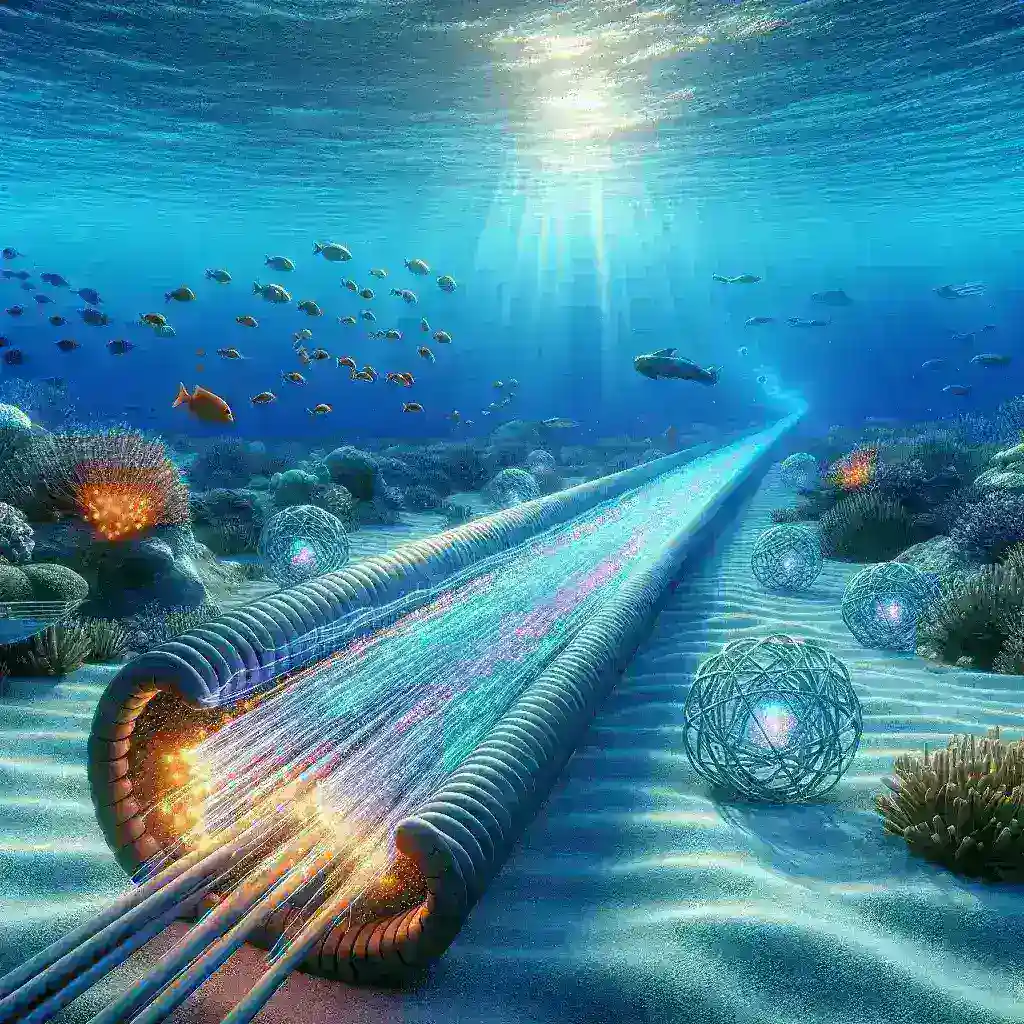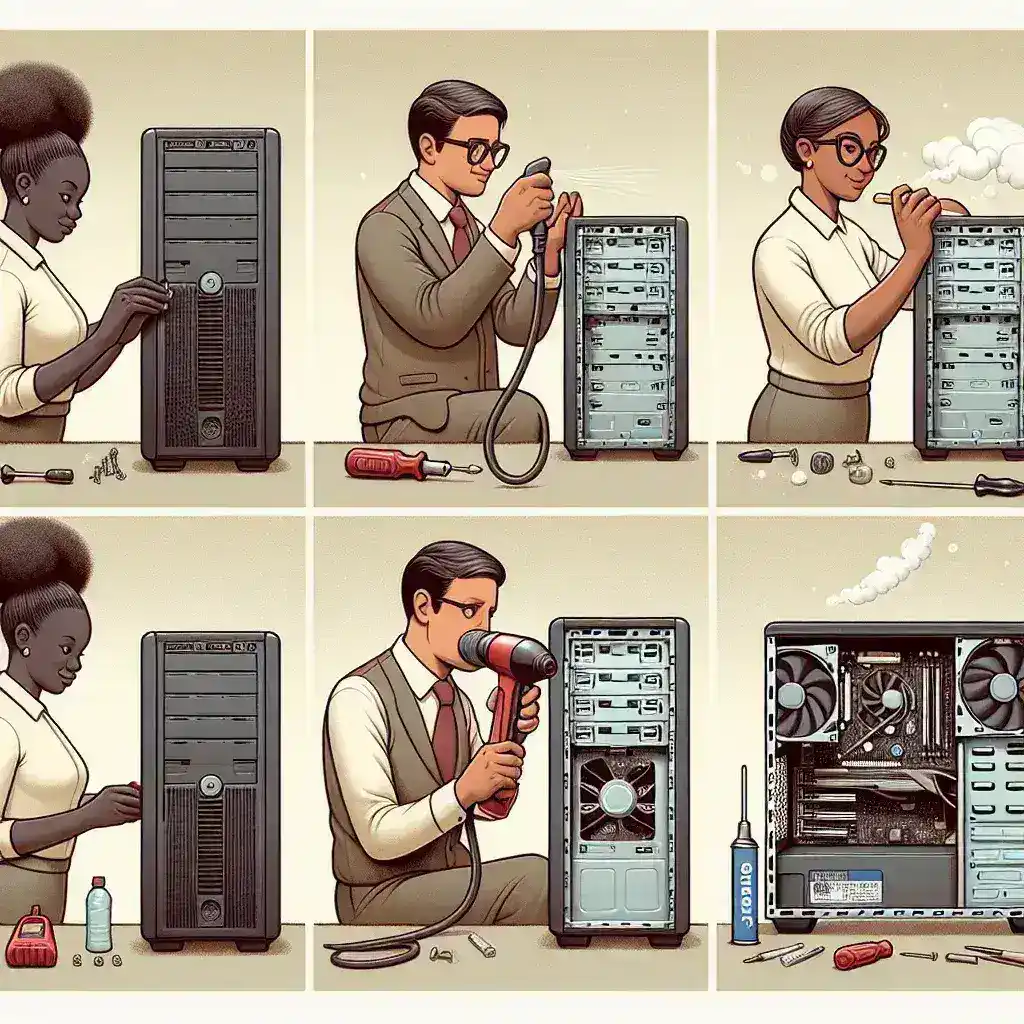Introduction
The ocean is both a vast resource and an intricate network connecting continents. In recent years, a groundbreaking advancement has emerged within this underwater expanse: fiber optic cables integrated with quantum sensors. These remarkable technologies are now being utilized to detect seismic activity with unprecedented precision. This article delves into the evolution, functionality, and implications of underwater fiber optic cables using quantum sensors for seismic detection.
Understanding Fiber Optic Cables
Fiber optic cables consist of thin strands of glass or plastic that transmit data in the form of light. Traditionally used for telecommunications and internet connections, these cables enable high-speed data transmission over long distances. The ability to relay vast amounts of information quickly and securely makes fiber optics a cornerstone of modern communication.
The Role of Quantum Sensors
Quantum sensors represent a new frontier in measurement technology, utilizing the principles of quantum mechanics to achieve levels of sensitivity and accuracy unattainable by classical sensors. These sensors can detect minute changes in environmental conditions, making them ideal for monitoring seismic activity.
Integration of Quantum Sensors with Fiber Optic Cables
By integrating quantum sensors into fiber optic cables, researchers and engineers are crafting a new tool for seismic monitoring. This combination allows for the continuous and real-time assessment of geological activity below the ocean floor. Here’s how it works:
How It Works
- Light Propagation: Light travels through the fiber optic cable. When seismic waves from tectonic activity occur, they disturb the light transmission.
- Interference Patterns: These disturbances create changes in the interference patterns of the light, which are detected by the quantum sensors.
- Data Analysis: The data collected is then analyzed to identify the nature and magnitude of the seismic activity.
Historical Context
The deployment of fiber optic cables for seismic monitoring is not a new concept, but the integration of quantum sensors adds a revolutionary twist. Traditional methods relied on seismometers, placed strategically on land or within the ocean. However, many of these systems were limited in their range and effectiveness. The introduction of fiber optics to this field began gaining traction in the early 2000s, but it wasn’t until recent advancements in quantum technology that significant leaps forward were made.
Advantages of Using Underwater Fiber Optic Cables with Quantum Sensors
1. Enhanced Sensitivity
Quantum sensors are significantly more sensitive than traditional seismic measurement tools. This allows them to detect smaller seismic events that might go unnoticed by conventional systems.
2. Cost-Effectiveness
Deploying fiber optic cables across the ocean floor can be more cost-effective than traditional seismic monitoring stations, reducing the need for extensive land-based infrastructure.
3. Real-Time Data Transmission
Fiber optic networks provide real-time data transmission, enabling scientists to monitor seismic activities as they occur and respond accordingly.
4. Wide Coverage
The vast extent of underwater fiber optic cables allows for monitoring over large geographical areas, enhancing our understanding of seismic risks in various regions.
Challenges Faced
1. Technical Complexity
Integrating quantum sensors with fiber optics is a complex process that requires advanced engineering and technical expertise.
2. Environmental Factors
Underwater conditions such as pressure, temperature variations, and biofouling can affect the performance and reliability of the sensors.
3. Data Interpretation
While quantum sensors provide vast amounts of data, interpreting this information accurately requires sophisticated algorithms and expertise.
Future Predictions
The future of seismic monitoring is promising with the integration of underwater fiber optic cables and quantum sensors. As technology continues to advance, we can expect:
1. Increased Deployment
More extensive networks of fiber optic cables will be deployed worldwide, enhancing global seismic monitoring capabilities.
2. Enhanced Predictive Models
With better data collection, predictive models for seismic events will become more accurate, potentially saving lives and mitigating risks.
3. Collaboration and Research
Collaboration between governments, researchers, and private enterprises will lead to further innovations and applications of this technology.
Real-World Applications
Case Study: The Pacific Ocean Network
One of the most notable examples of this technology in action is the Pacific Ocean seismic monitoring network, which employs fiber optic cables equipped with quantum sensors. This network has successfully detected and analyzed numerous seismic events, providing invaluable data for researchers and disaster preparedness agencies.
Cultural Relevance
The integration of quantum sensors with underwater fiber optic cables also has cultural implications. Communities living in seismically active regions can benefit from enhanced monitoring, leading to greater awareness and preparedness for natural disasters. Furthermore, this technology fosters collaboration between scientists and local populations, encouraging engagement and education about seismic risks.
Conclusion
The advancement of underwater fiber optic cables using quantum sensors marks a significant leap forward in our ability to detect and understand seismic activity. By combining cutting-edge technology with traditional monitoring methods, we are better equipped to anticipate and respond to seismic events. As we move forward, the integration of these technologies will not only improve safety measures but also enhance our understanding of the Earth’s dynamic processes.




